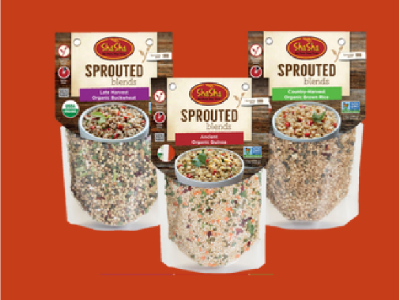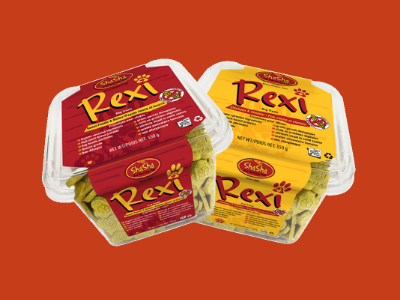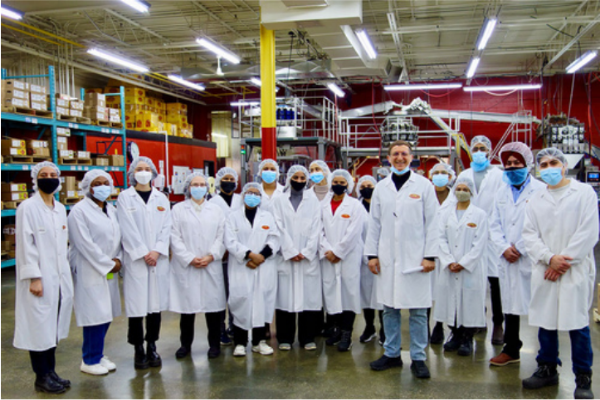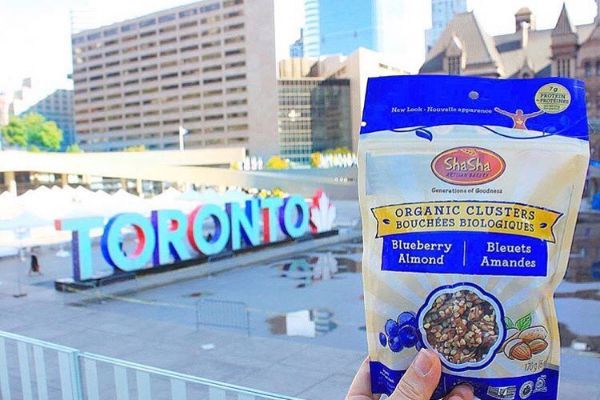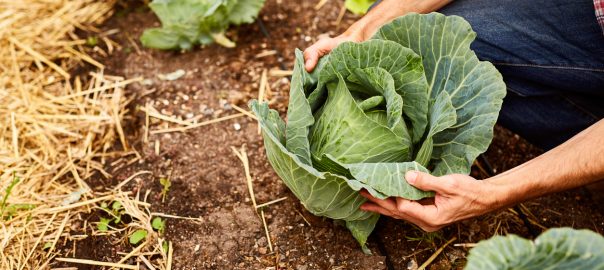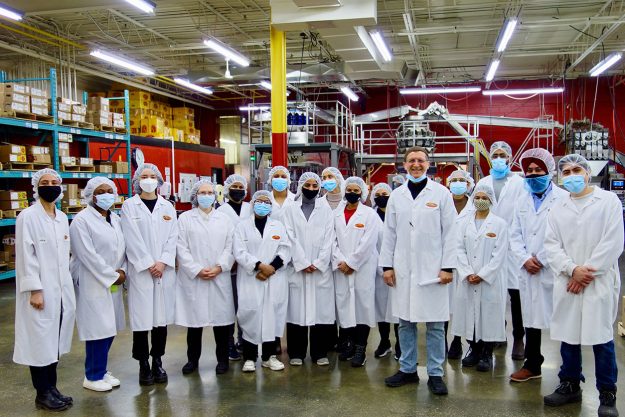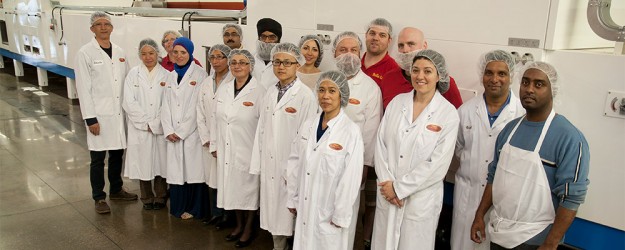It is no longer enough to strive for sustainability in farming—if we are to preserve our natural environment for our children, we need to shift to regenerative practices. Agriculture responding to the consumer demand for healthy, sustainable products and is slowly waking up to the immense benefits of regenerative farming methods.
What is Regenerative Farming?
The terms Regenerative Farming was coined by the Rodale Institute which states; “Regenerative prioritizes soil health while simultaneously encompassing high standards for animal welfare and worker fairness. The idea is to create farm systems that work in harmony with nature to improve quality of life for every creature involved.”
Simply put, regenerative farming increases the amount of arable topsoil through natural farming practices.
This shift is not so much a choice as it is a necessity. Extensive use of herbicides, fungicides and pesticides has resulted in acute degradation of a third of the world’s topsoil. According to a UN report, if we continue current practices, the complete degradation of our topsoil will occur in as little as 60 years. Sustainable agriculture is no longer enough. Regenerative agriculture aims to restore the natural ecosystem of soils through natural farming methods. This not only halts the degradation of topsoil, but actually reverses it.
In order to do this, you need to rebuild the soil’s organic plant matter and the myriad of creatures, fungi, bacteria, nematodes and other microorganisms that work to break it down. Most soil only contains 2%-10% plant matter, but each percent of plant matter helps the soil retain 20,000 gallons (about 75,708 litres) more water per acre and reduces erosion.
This means covering soil with plant matter. This can be mulch, manure, straw, leaves etc. Each farmer will use what they have available to them and what works best with their crops and conditions.
Once organisms which break down plant matter return to the soil, they are able to turn that plant matter into nutrients that plants need to thrive. Healthy soil means healthier crops that don’t need artificial fertilizers. A healthy microbiome is also more resistance to pests and fungal infections. A single teaspoon of healthy soil has more living organism than there are people on earth.
Another way to improve soil health besides adding natural compost is through animals. Animals’ hooves break up the soil, manure adds to the biome and the crushed plants they walk over create natural mulch that aids water retention.
Mechanical agriculture also has a negative impact on the microbiome of the soil. This has led many farmers to adopt a no-till method. Tilling moves micro-organisms that are designed to be on the top of the soil further down. It also stirs up seeds which can lead to more weeds growing. “Mechanical, physical, and chemical (synthetic fertilizer, herbicide, pesticide, and fungicide) disturbances all have a negative on the soil microbiome, putting soil nutrient cycling and environmental resilience at risk,” writes Emily Payne. “Limiting the disturbance of the soil maintains the soil structure and prevents erosion.”
Does it Work?
There is growing evidence that regenerative farms produce crops that are healthier and higher in nutrition, but that’s not the only advantage. An Agricultural Systems study showed that regenerative farming produces topsoil that is deeper, more aerated and can hold more plants. Regenerative farms boast more cattle per acre and lower animal mortality rates, use less feed and fewer herbicides.
If we are to ensure food security for growing populations, create healthier crops and food we can be proud of, then regenerative farming is the way forward.

